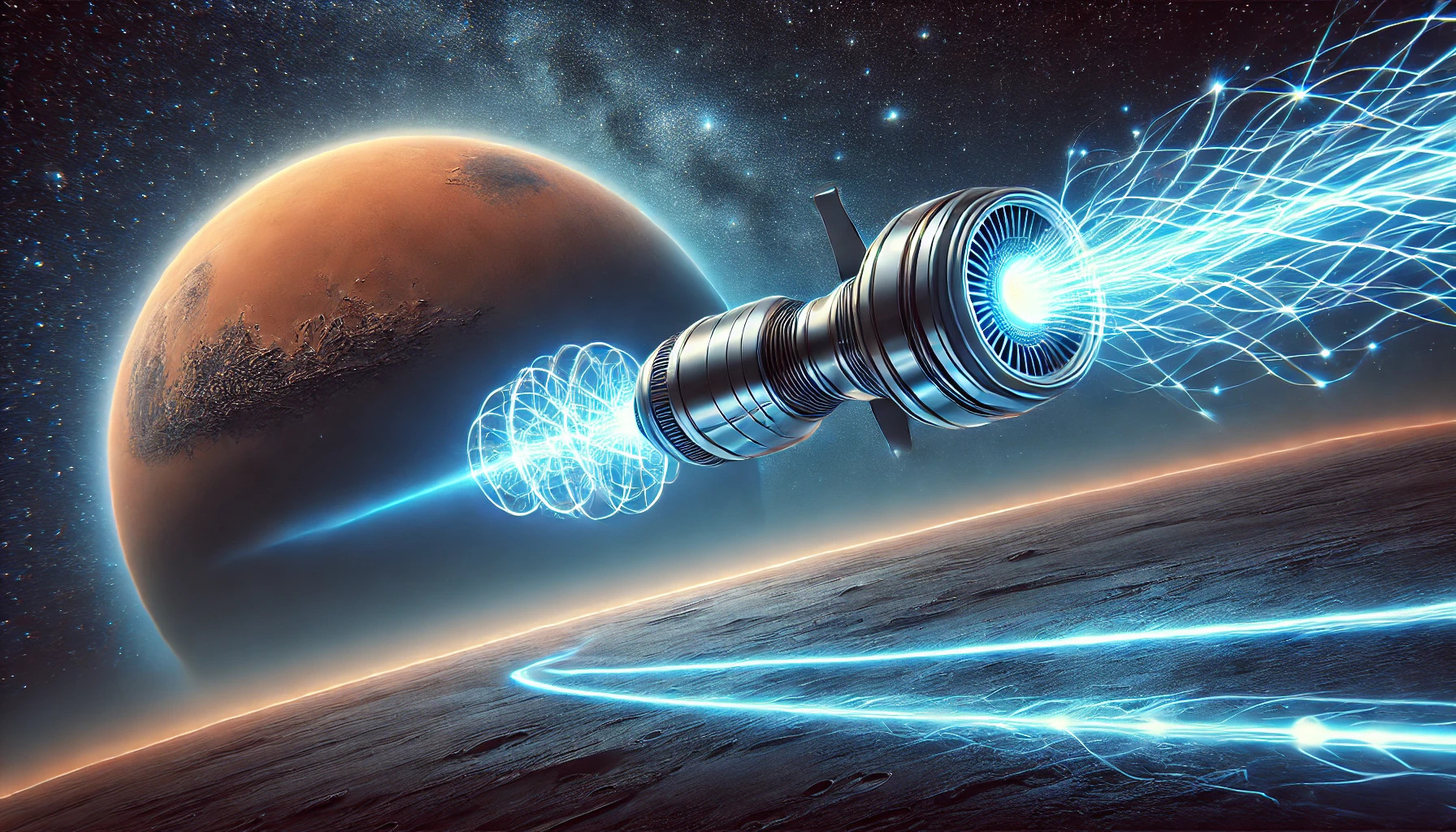The New Frontier of Space Exploration: Russia’s Plasma Rocket and the 30-Day Journey to Mars
The idea of reaching Mars in just a month may soon become reality. Scientists at Rosatom have developed a prototype of a plasma rocket engine based on a magnetic accelerator, capable of drastically reducing interplanetary travel time. This new space propulsion system could revolutionize space exploration, making missions safer and more efficient.
Rosatom’s Plasma Rocket: A Technological Leap
At the core of this innovation is a plasma rocket capable of operating in a pulse-periodic mode with an average power of 300 kW. This system would allow spacecraft to reach much higher speeds than traditional chemical propulsion currently used in space missions.
Alexey Voronov, Deputy General Director for Research at the Rosatom Research Institute in Troitsk, stated that using plasma engines could cut the journey to Mars from nearly a year to just 30-60 days. This would be a major advantage for astronaut safety, reducing exposure to cosmic radiation and other risks associated with long-duration space travel.
Testing and Future Prospects
A large-scale experimental facility is currently being assembled to test the prototype, including a 14-meter-long and 4-meter-diameter vacuum chamber to simulate space conditions. This will allow researchers to assess the effectiveness of the plasma propulsion system and estimate its production costs.
According to Russia’s Izvestia newspaper, the plasma engine will have a thrust of about 6 Newtons and will be able to accelerate charged particles (electrons and protons) to speeds of 100 km/s. This could enable interplanetary travel and even open possibilities for deep space exploration beyond our solar system.
How Does a Plasma Rocket Work?
The concept behind the plasma rocket is relatively simple: it is a type of electric propulsion system that utilizes two electrodes. Charged particles pass between them while a high voltage is applied, generating a magnetic field that expels the particles, producing thrust. This process allows for continuous and efficient acceleration, enabling spacecraft to reach high speeds without the need for large amounts of chemical fuel.
The initial launch into orbit would still rely on conventional methods, while the plasma engine would activate in deep space. According to Rosatom, the flight model of this propulsion system could be ready by 2030.
The Race for Faster Space Travel
Russia is not alone in investing in advanced propulsion technology to shorten space travel times. The European Space Agency (ESA) and NASA are also exploring similar technologies, including ion thrusters and nuclear propulsion. The shared goal is to make interplanetary travel faster and more cost-effective, paving the way for human missions to Mars and beyond.
If this technology proves successful, we may be on the brink of a new era in space exploration, where interplanetary missions are no longer measured in years but in weeks. Mars may soon become a reachable destination, rather than a distant dream.








Leave a Comment